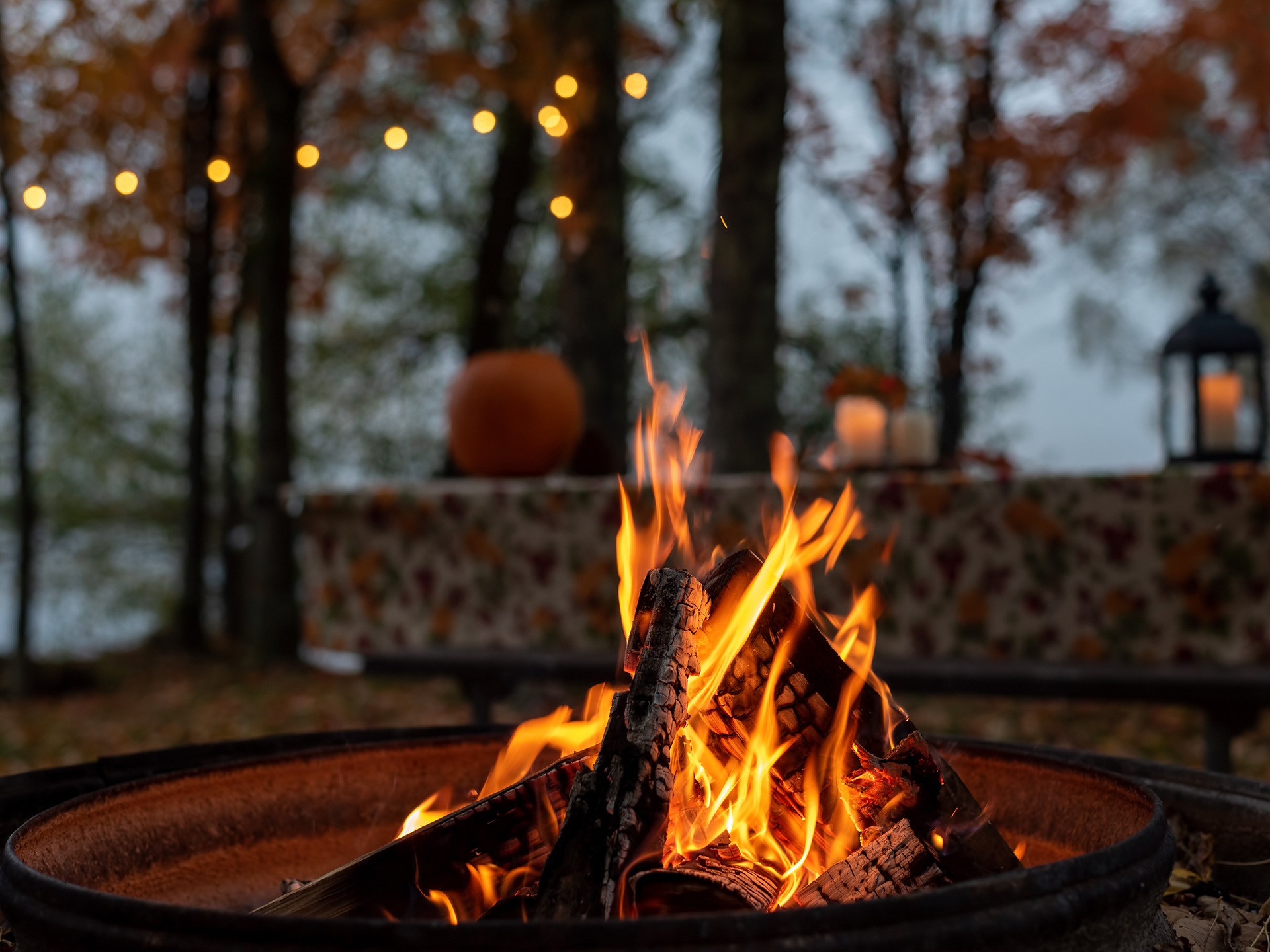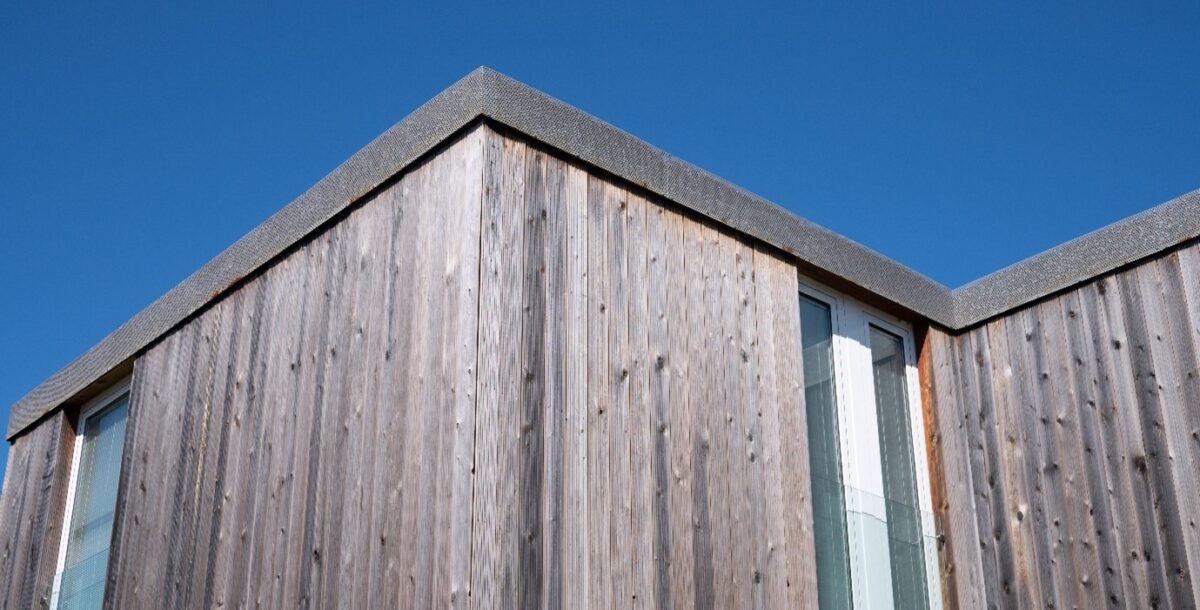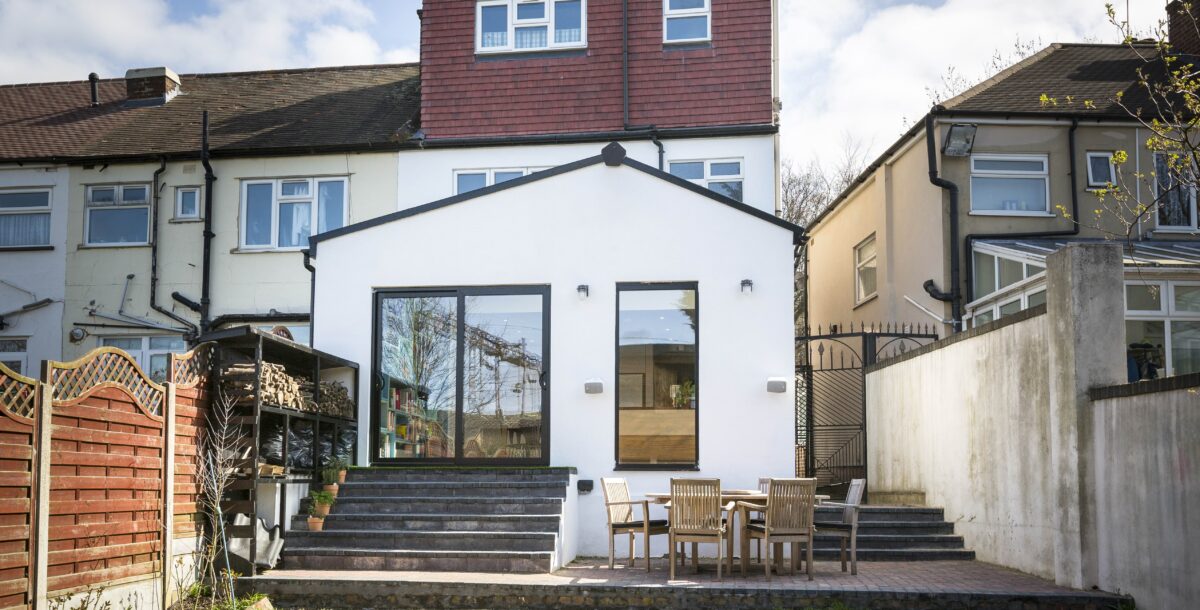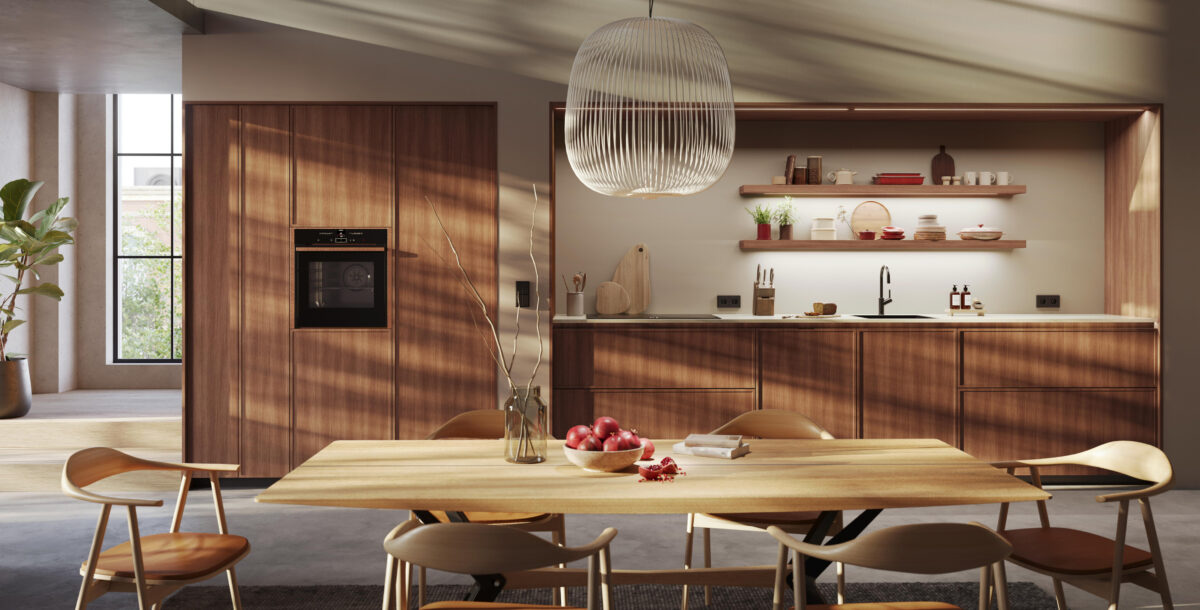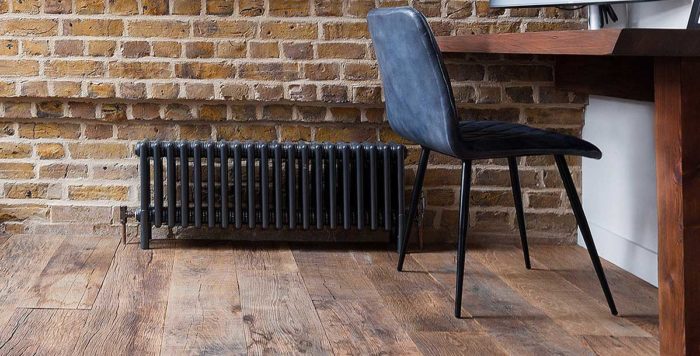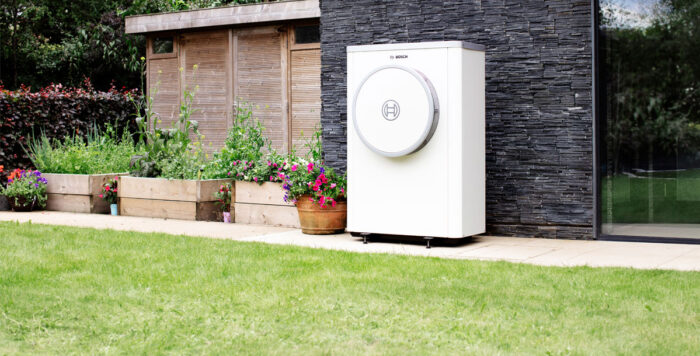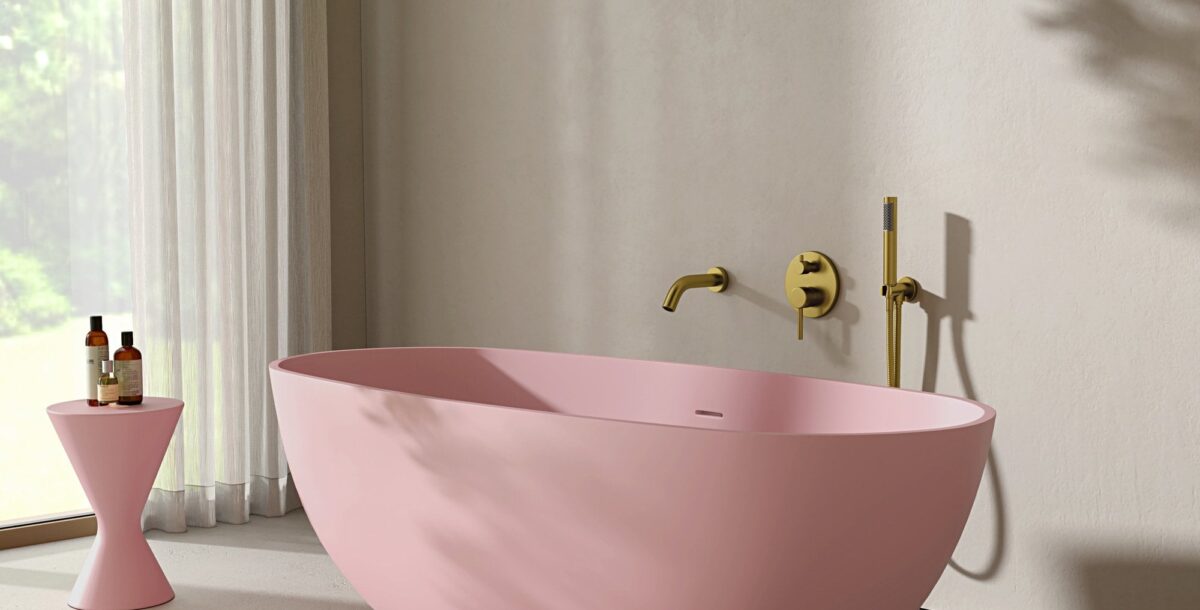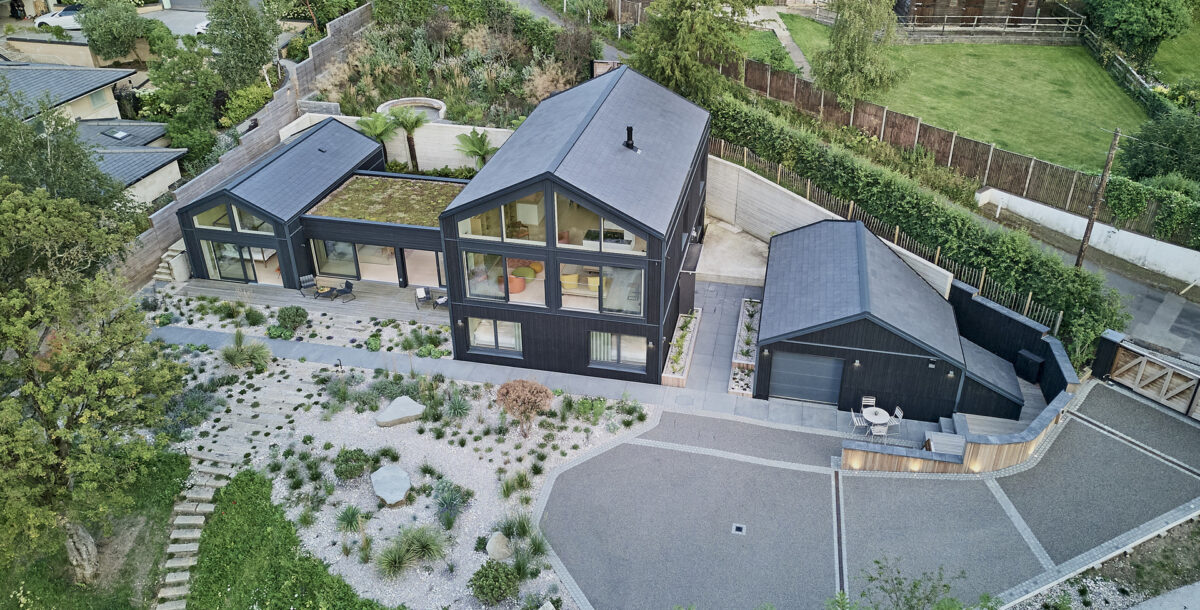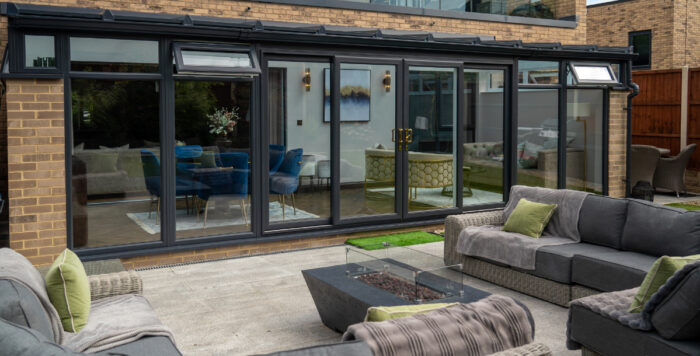Fire pit buying guide and tips to make your fire more environmentally friendly
From open fires and chimeneas to stoves you can cook on, here's the expert guidance on what to look out for
Firepits and bowls, chimeneas, fire baskets, outdoor fireplaces and wood-burning stoves remain favourite forms of outdoor heating.
As you sit round an open fire in the open air, swapping stories, you can almost feel the ghosts of our ancient ancestors entering the space.
*This article contains affiliate links
Emotionally, the allure of an open fire is hard to beat. Getting the right type of outdoor fire is more than just a style choice if you want the best environmental option. Here’s what you need to know.
Choosing a firepit
Joss Thomas, of Indigenous interiors, says, “Are you looking for a firepit to create warmth or would you like a design that you can cook on too? If you’re looking for a heat source that you can gather around, a firepit table or brick-built firepit is a good option.
These designs have a metal bowl that sits in the middle of a structure. An outer ledge makes a good surface for cups and, if sufficiently wide, it can stop children and animals getting too close to the flames.
However, if the structure is low, it might encourage people to sit on the edge, which could be dangerous.
Pay attention to the height of the fire pit, too, especially if you have young children or pets – choosing one with sufficient height will help keep the heat from the flames out of their reach. You should, however, never leave children or pets unattended around lit fire pits.”
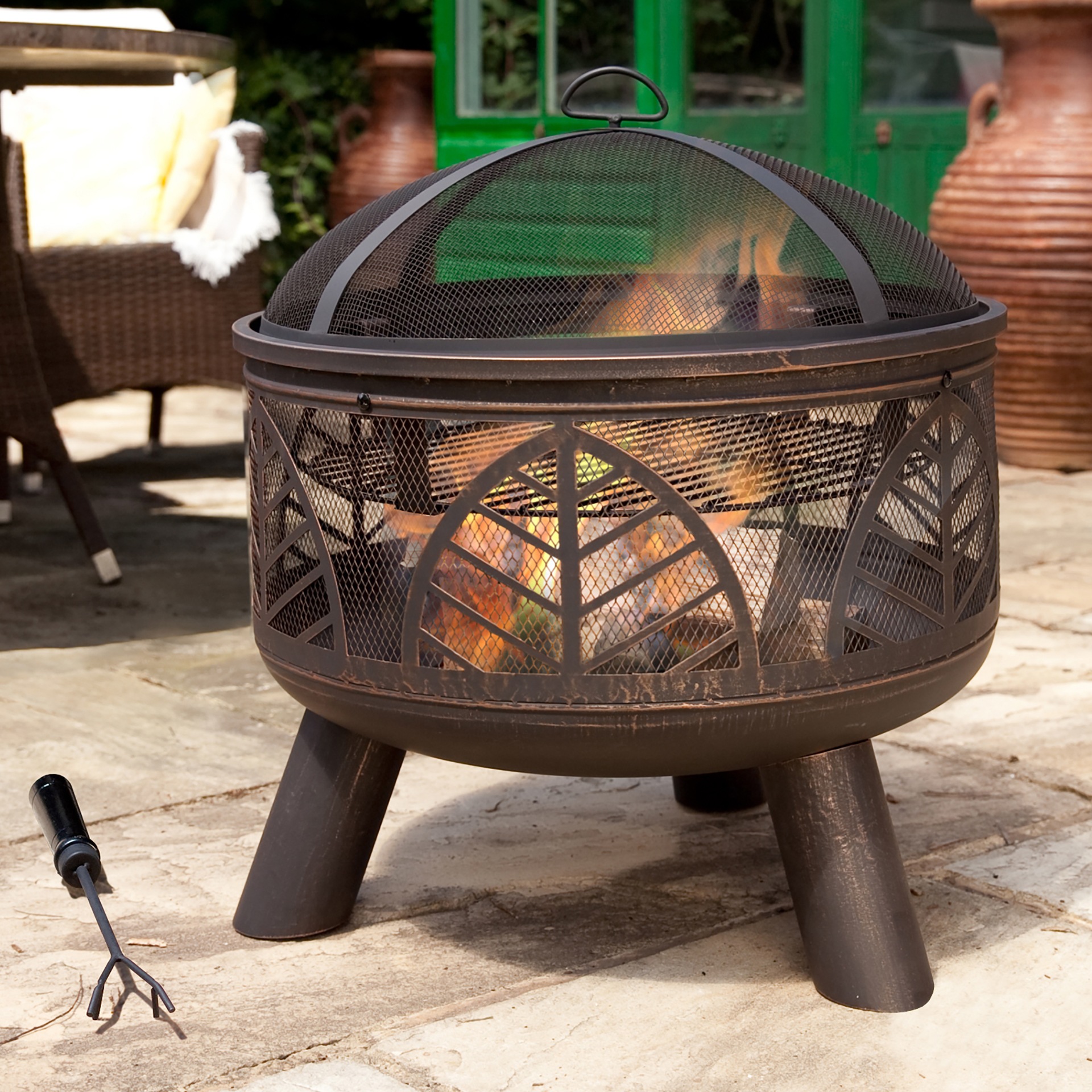
- La Hacienda Alexis steel firepit from B&Q, £88 – buy here
As well as lots of super stylish firepits and bowls to choose from, there are more sophisticated variations on the theme available too.
A chimenea is a freestanding enclosed clay fireplace with a bulbous bottom section and a tall chimney to take smoke up and out of the way.
Fire baskets and braziers offer a different option, often including a BBQ grill; while outdoor stoves and fireplaces are the sophisticated top-of-the-range choices, perfect for outdoor kitchens and other permanent garden entertaining spaces.
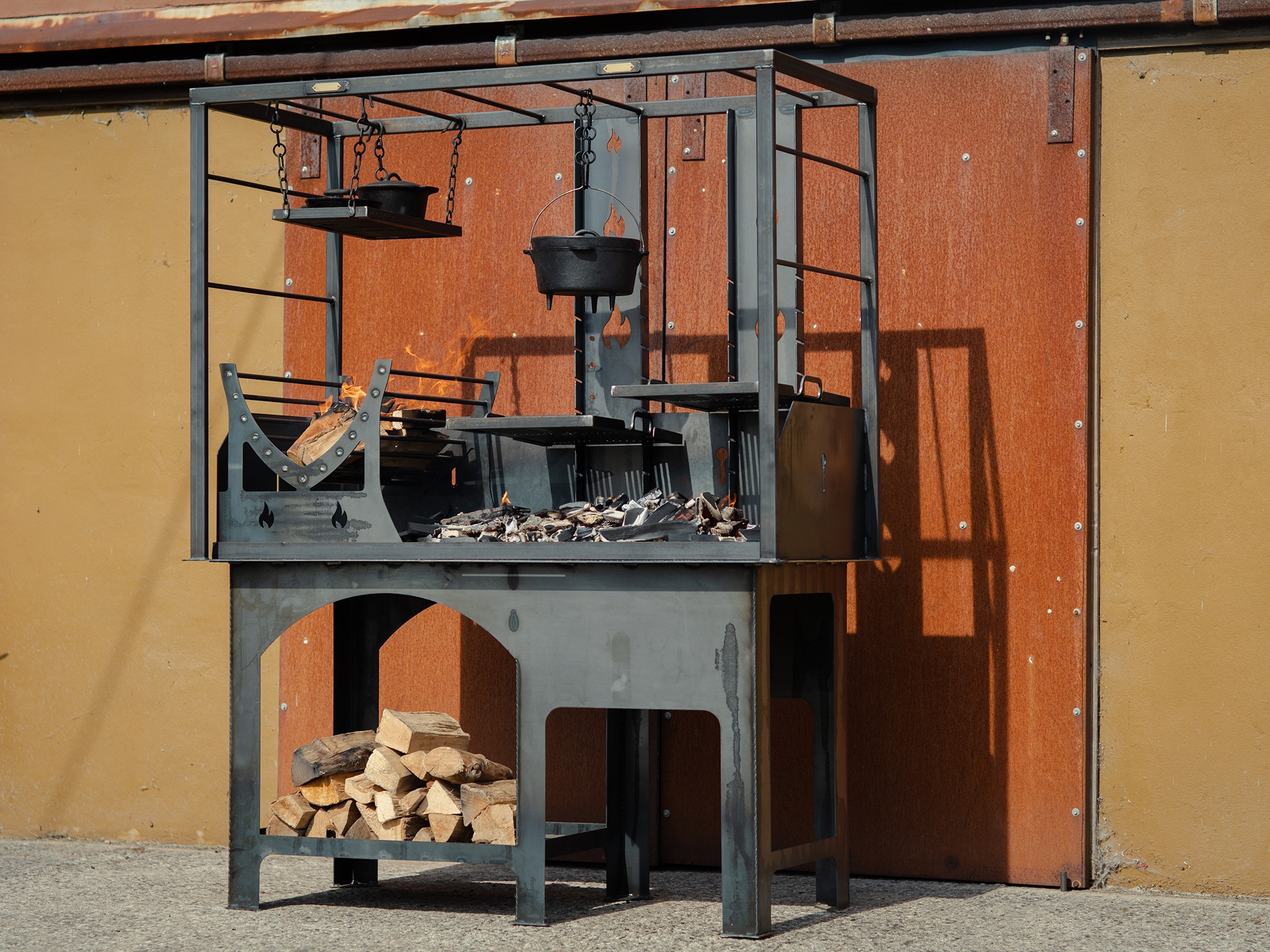
- The Asado Doble Lit fire table from FirepitsUK, £1,751, is designed for parrilla grilling, using embers to give food a delicious smoky flavour – buy here
Firepits and bowls are generally portable and don’t require professional installation, plus they can be some of the cheapest outdoor heating options.
Or you could even build your own relatively simply and cheaply.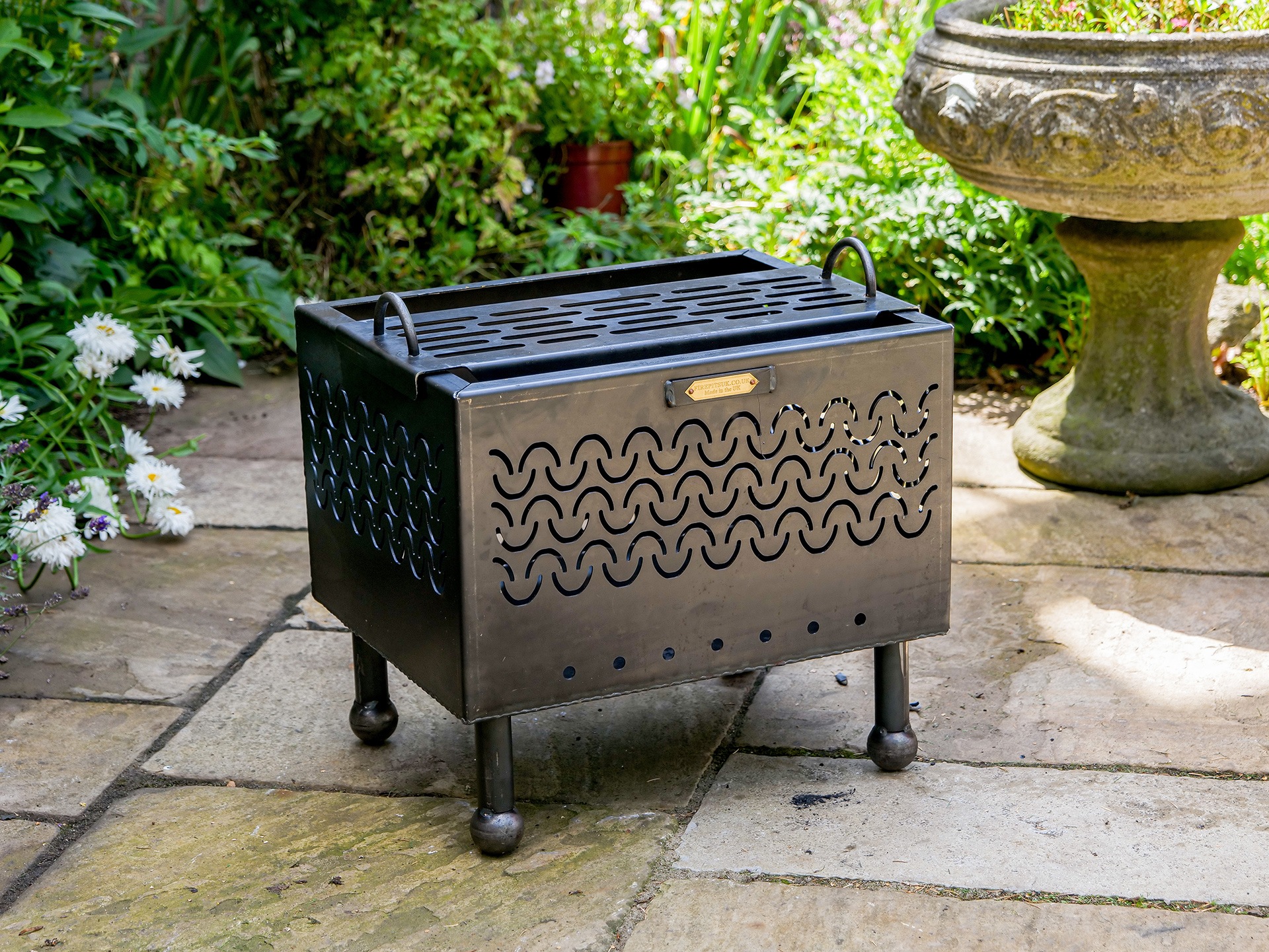
- The cute little Cube firepit £231 from Firepits UK is made in Wales – buy here
Design
Firepits and bowls come in all styles from contemporary to rustic; made from steel or fashionable Corten weathering steel with its rust-coloured finish. Many have BBQ grills that can be added.
Jon Butterworth, from Arada Stoves, points out, “Some firepit designs can also be dismantled and stored away when not in use, which is a great option for those with really limited space.”
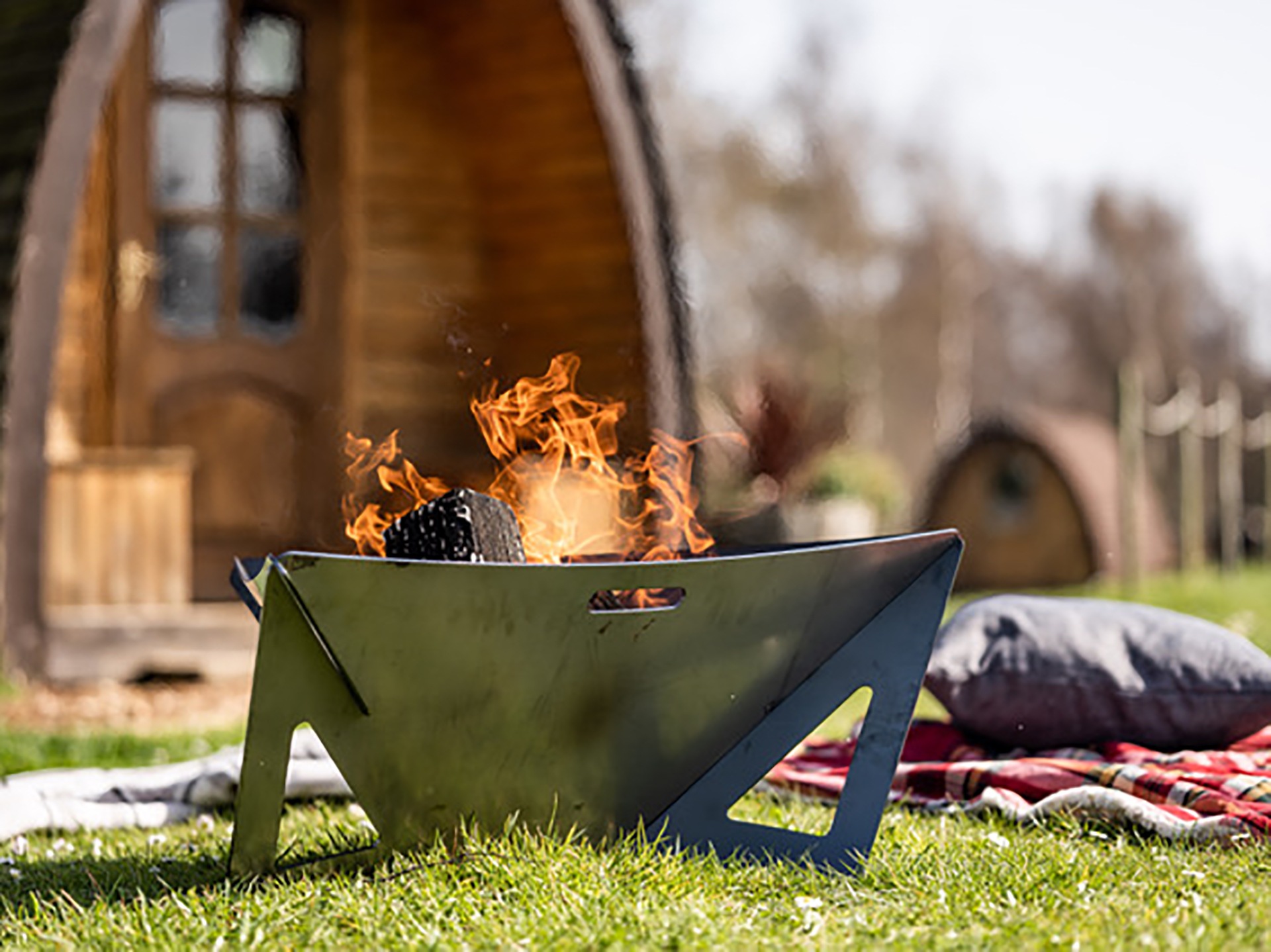
- Arada’s Delta firepit, £149, is collapsible for easy transporting and storage – buy here
Maintenance
Wood fires are, however, hard work: you need to source and buy wood; then build the fire; light it; get it going; keep it going; and clean up the ash afterwards. Heat-logs – see below – are simpler to light, produce less smoke and ash, and burn longer than regular logs.
Joss Thomas says, “Iron firepits will rust over time, which is part of their charm, but any deposits can be easily removed with a little olive oil, applied with a cloth.”
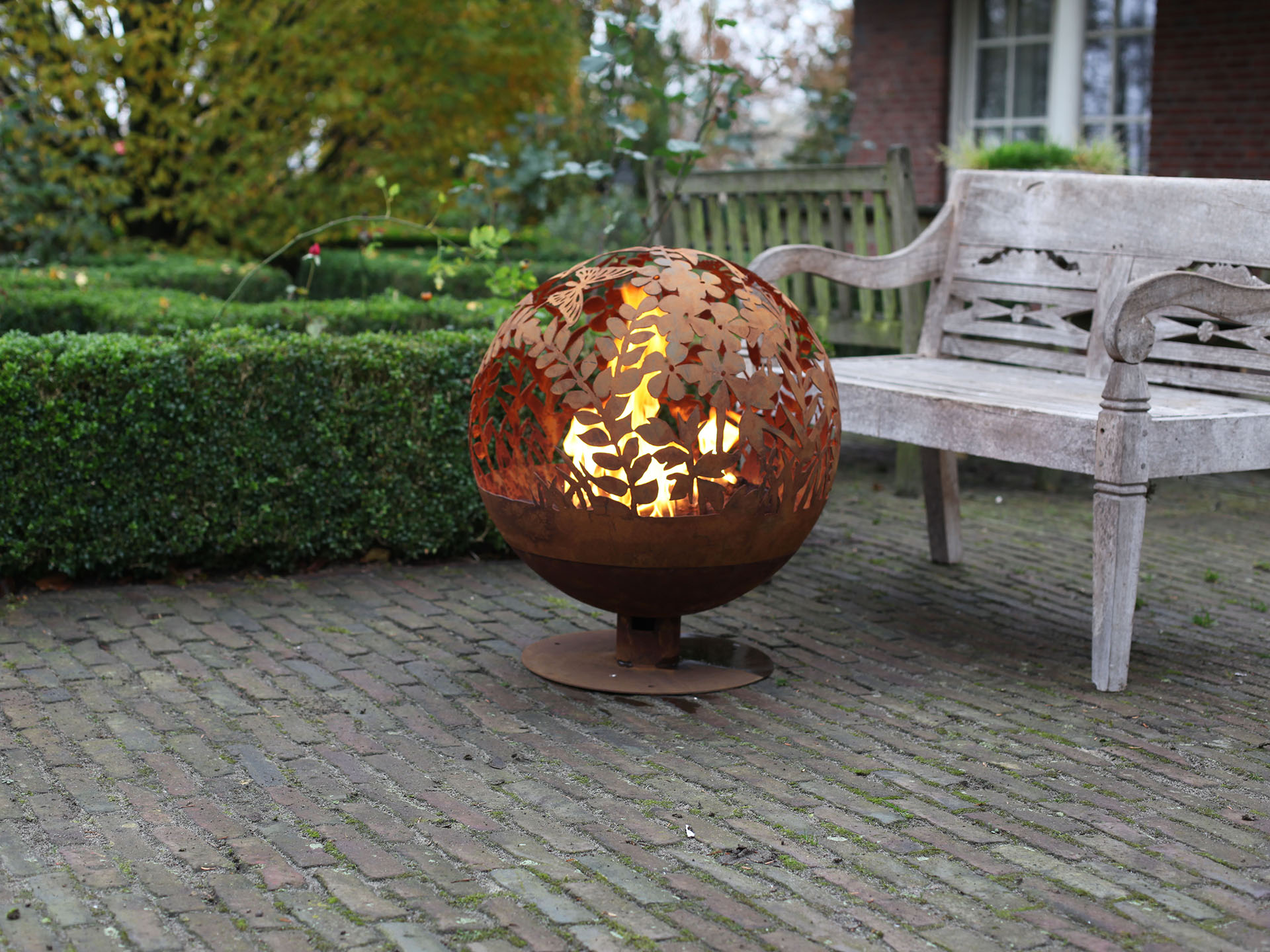
- The delicate cut-outs make the Meadow Globe firepit from A Place for Everything, £199.99, a stunning centrepiece to any gathering – buy here
Safety
Open fires are potentially hazardous. Adam Oldfield, at StovesAreUs, says, “While positioning your firepit near seating is great for making the most of it, avoid placing it too close to ensure everyone stays a safe distance from the fire. Aim for at least 7ft between the seating and the firepit.
“You should also position it in an area with ample clearance from surrounding hedges, trees, sheds, and the house, to minimise fire hazards and ensure proper ventilation. There are additional features for firepits, such as mesh guards, that can make your firepit even safer.”
Joss Thomas has some more safety advice. He says, “Don’t light the fire pit under a gazebo or other covered area. Check wind direction before lighting.
Take fire safety precautions, for example, have a fire extinguisher, fire blanket or at least a bucket of water/sand nearby. Keep children and animals away if they are unsupervised. When you have finished with the fire pit, ensure that the fire is completely extinguished.
Cover the fire pit with a suitable lid to contain any hot embers and prevent ash from blowing around. If you have chosen a fire pit that doesn’t have legs or which gets very hot, you may need to protect the surface underneath.”
Tracey Thompson, from decking company Ecodek, says, “We don’t recommend using wood-burning firepits on composite decking, though they can still be used if placed on protective mats or ceramic.
“There’s the added risk of embers flying out of the pit and causing damage, though. So you should never leave it unattended.”
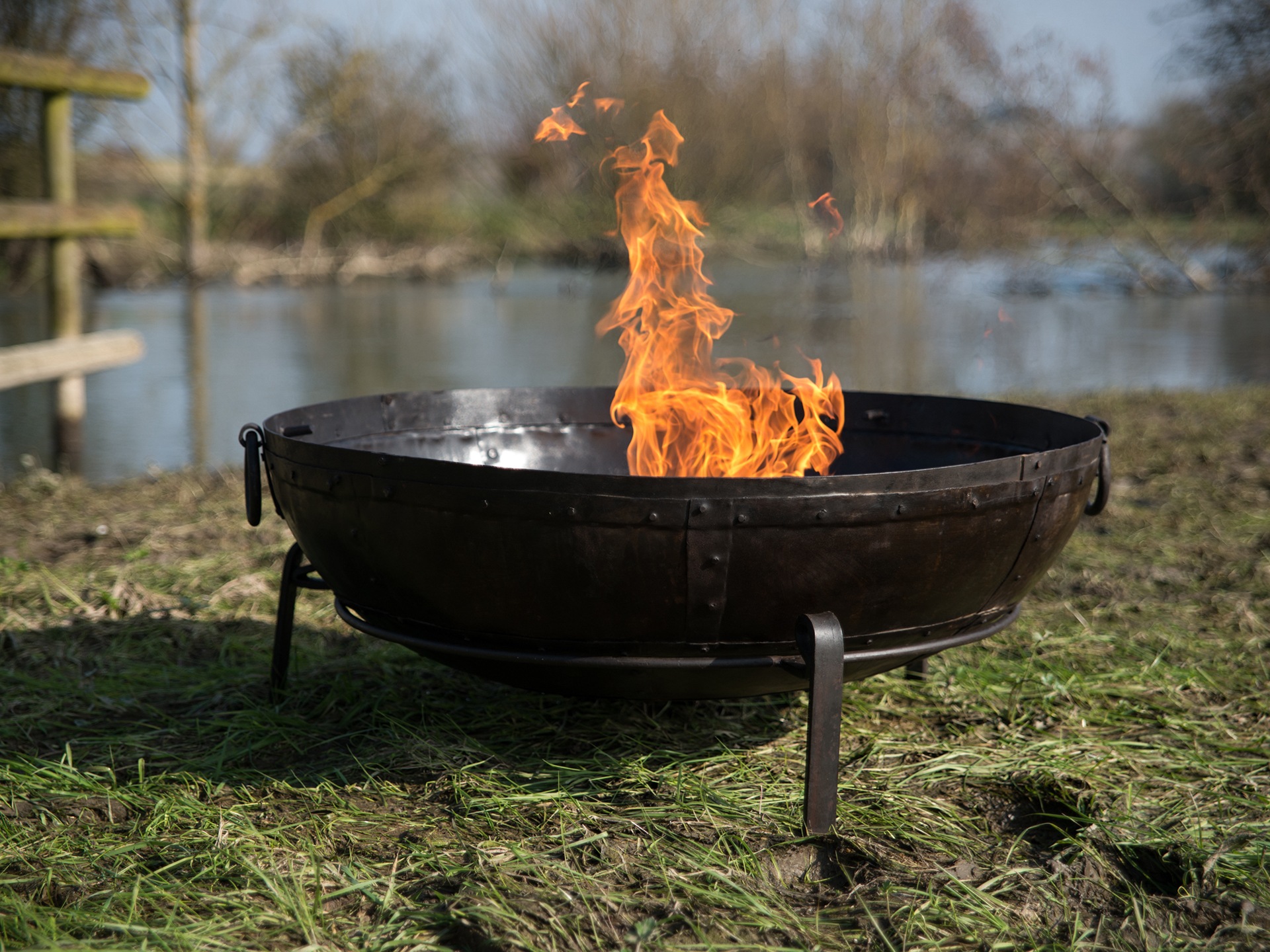
- These traditional style fire pits from Indigenous, from £225, are made from recycled oil drums and based on the original Indian Kadai pans – buy here
A firepit or stove needs to be on a stable surface and, as Tracey points out, shouldn’t be left unsupervised.
Annoyingly, mosquitoes and other bugs can be attracted to the light and carbon dioxide generated by fires, so have some bug spray to hand too.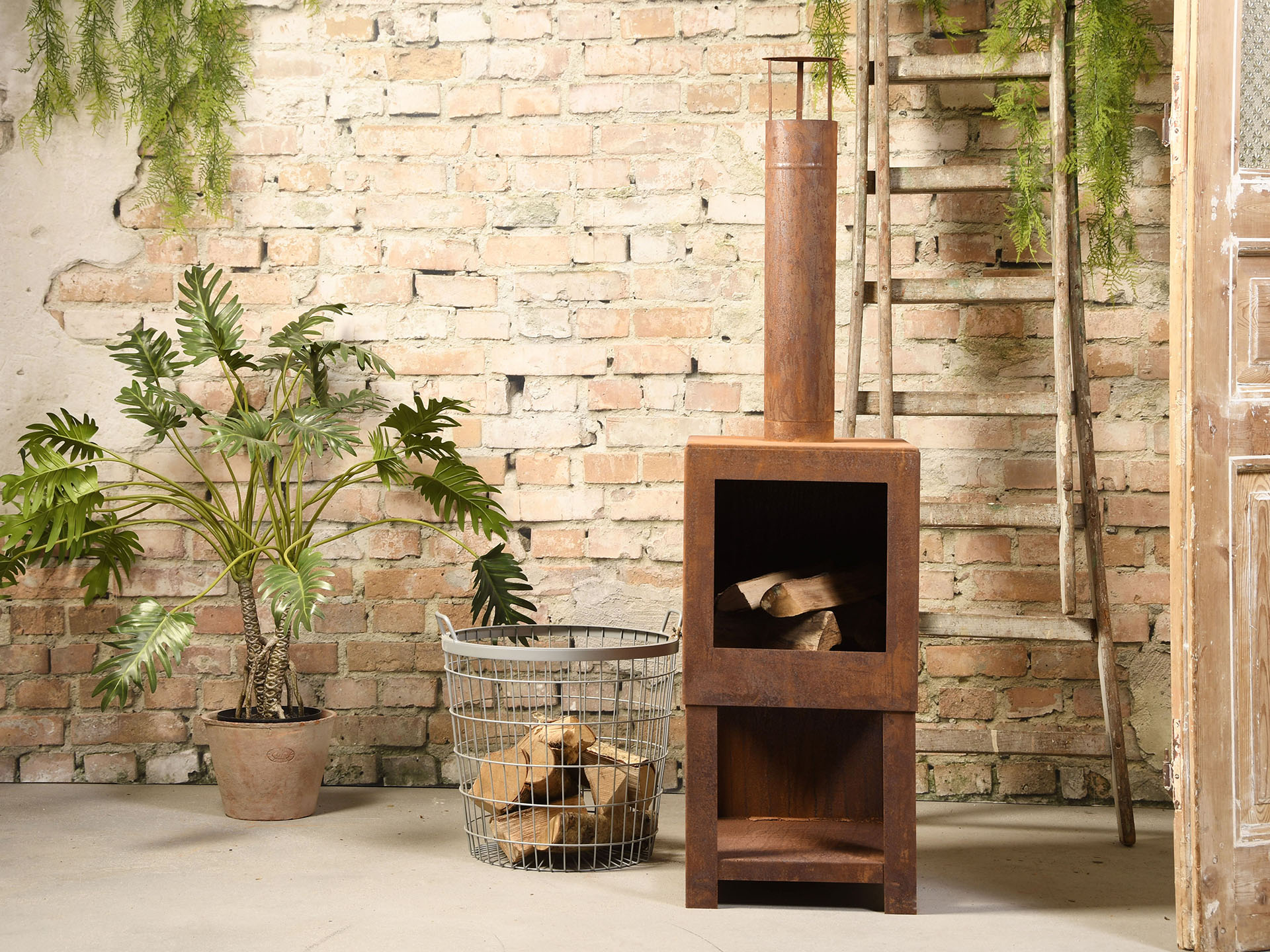
- Contemporary chimenea with wood store by Fallen Fruits from A Place for Everything, £229 – buy here
Smokeless fuels
Burning wood makes your hair and clothes smell, and you’re left trying to dodge the smoke as the wind changes. As well as smoke, a wood fire is a source of carbon dioxide. But there are ways to mitigate both problems somewhat.
To minimise smoke, avoid wood with a high moisture content. Choose seasoned (dried) wood or smokeless fuel, such as kiln-dried logs. Look out for logs dried in kilns powered by renewable energy, and from sustainably managed woodlands.
Joss Thomas adds, “If you’re cooking on your firepit, you might want to choose a wood based on its level of smokiness.
Mild woods, like alder and apple, have a sweeter, milder smokiness, whilst medium woods, like oak and hickory, give a distinct smoke flavour.”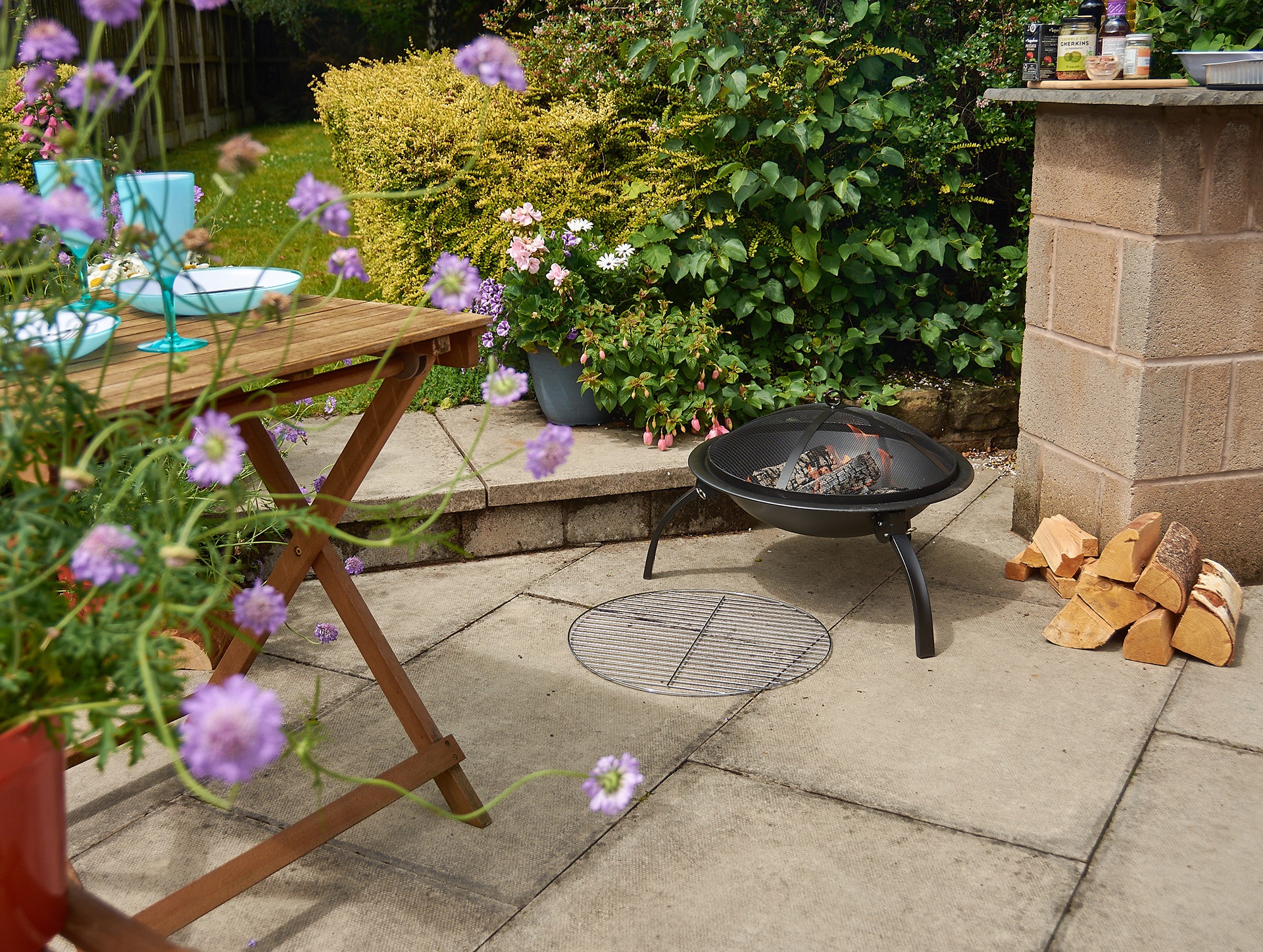
- Multifunction firepits like the Dual Firepit Barbecue from Bar-Be-Quick, £54, let you cook and keep warm – buy here
Sustainability
Another good low-smoke option is heat-logs or heat-log briquettes, made from compressed waste sawdust or other biomass waste. They are more energy-dense than real logs and burn hotter.
Both kiln-dried logs and heat-logs are more expensive than regular logs, but they are a great choice because they produce very little smoke, and heat-logs burn longer than regular wood. As they are made from waste products, heat-logs are also a more sustainable choice.
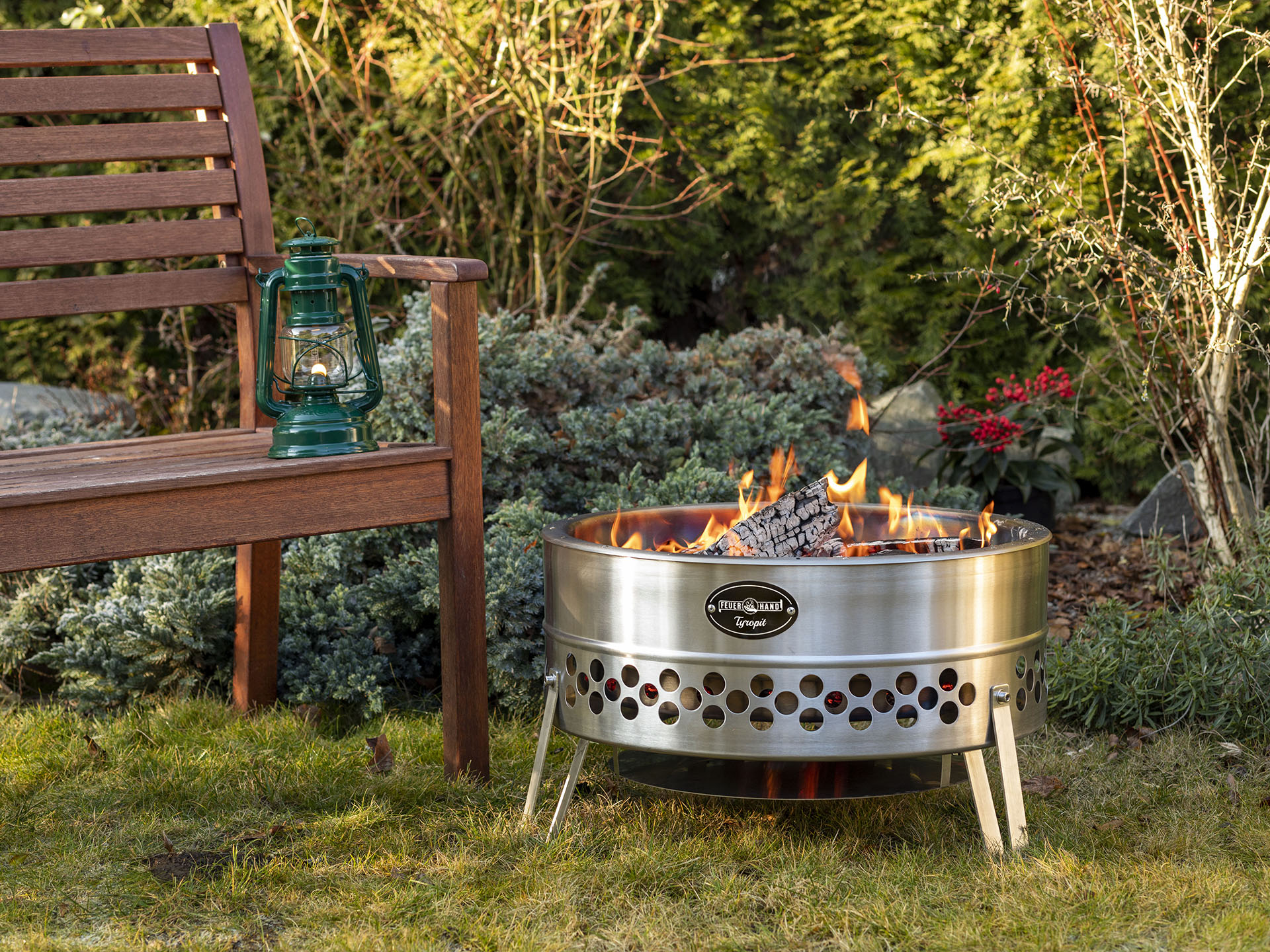
- The Feuerhand Tyropit fire bowl, £334.95, from Berry Useful, is a low-smoke fire bowl, also featuring a heat shield in the bottom to protect the ground underneath it – buy here
One more way to cut down on smoke is to opt for a smokeless firepit. These special double-skinned cylindrical pits reduce the amount of smoke produced, but don’t stop it completely.
You can also look out for firepits made of recycled and recyclable materials, such as the Indigenous firepits made from recycled oil drums.
Smoke-control areas
You can use firepits, outdoor fireplaces, chimeneas etc in smoke-control areas. The only outdoor heater that has to comply with the smoke-control rules is a stove with a chimney on the roof of a building, such as a summerhouse or garden room.
In this case, you need to burn an approved smokeless fuel from the Defra (Department for the Environment, Food and Rural Affairs) list or use a Defra-approved exempt stove. But it makes sense to use smokeless fuel anyway.
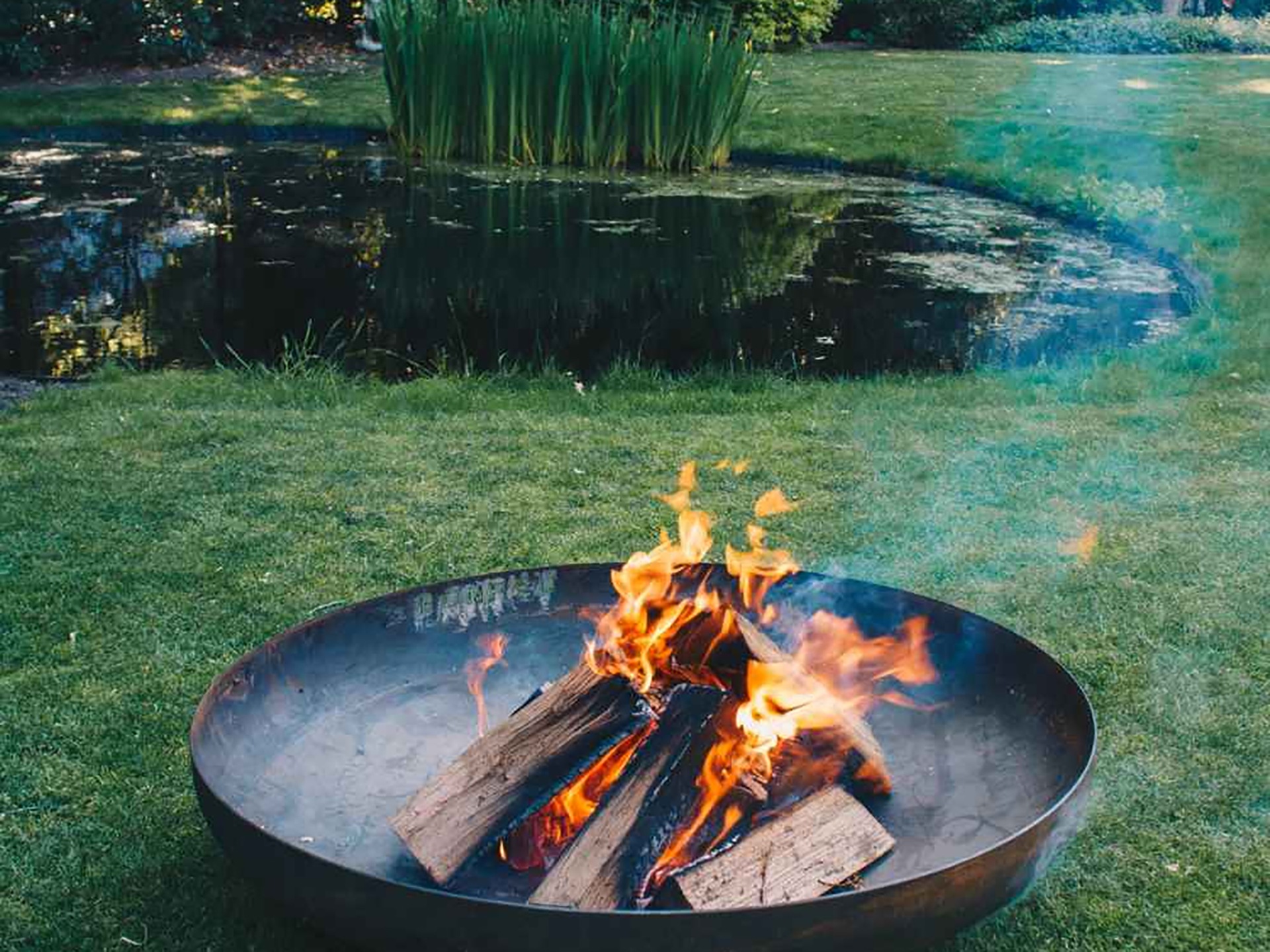
- The Corten steel Bonfeu BonBowl 120 fire bowl, £299, from StovesAreUs, can be customised with all kinds of cooking attachments from grill to pizza oven – buy here
Is a firepit right for you?
Firepits are attractive because they’re a real fire, and produce that distinctive smell.
They’re not easy to fit into every garden, and require constant monitoring for safety and to keep them burning.
If you want an easier life, consider infrared electric outdoor heating or a bioethanol firepit instead.
But if you’re determined to sit around a roaring fire outdoors, putting on an extra layer will mean you need to burn less fuel, while choosing heat logs instead of wood will mean your fire gives off less smoke – and should mean you burn waste wood rather than trees cut for the purpose.

